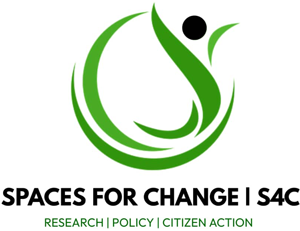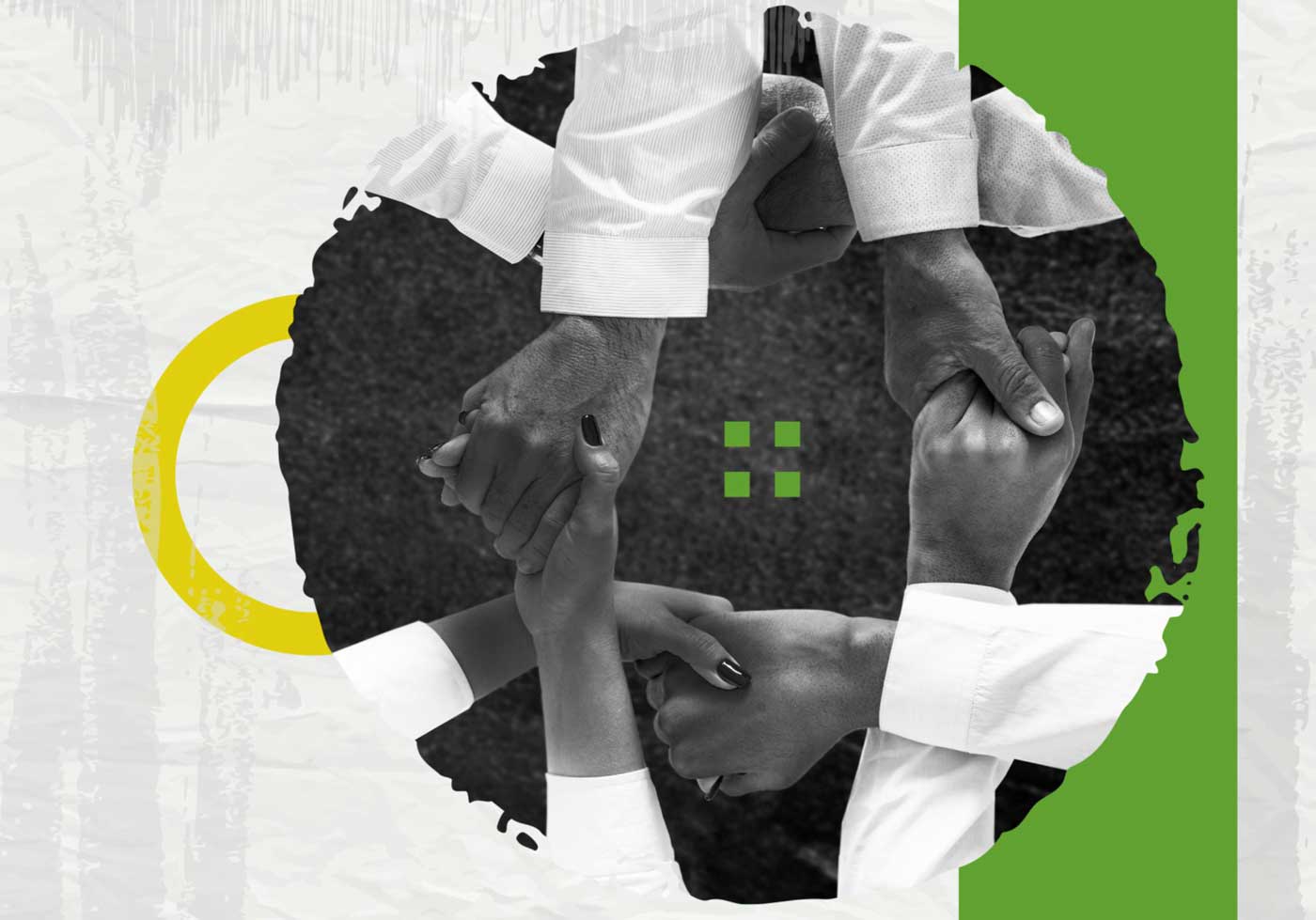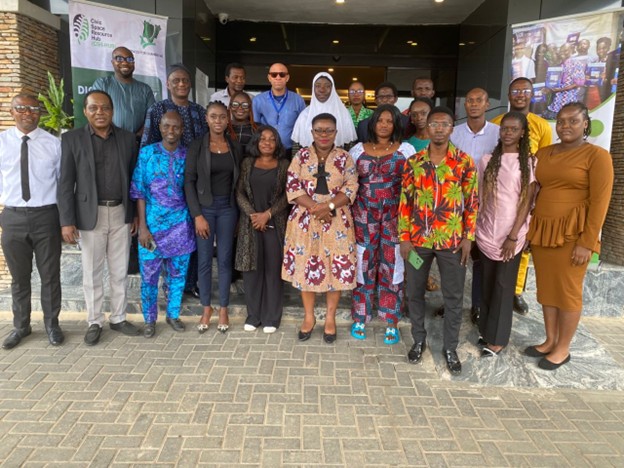By Victoria Ibezim-Ohaeri
Recently, densely-populated Lagos slums, Makoko and Badia painfully faced the wrath of the Lagos State government’s bulldozers, rendering thousands of families, including women and children homeless during the rainy season. Forced evictions, including the demolition of areas predominantly lived by the poor have increasingly become an urban re-engineering tool in Nigeria, with spiraling effects on social security, employment, health and human rights. These demolitions are often executed without prior notice and provision of compensation, or alternative accommodation to the affected populations.
Low-income sub-divisions in Interstate 35 North, San Marcos, Texas, United States provide compelling evidence that it is possible, and socially advantageous to promote and protect the rights of the poor to live in the city. Most houses in the low-income sub-divisions are made of wood, Sheetrock and other low-cost building technologies including mobile homes with strong trailer frames, axles, wheels, and tow-hitches. Apart from meeting their housing needs, the low-cost houses present viable alternatives to families unable to afford the soaring costs of traditional site-built homes. This strategy has also effectively checked slum production in the United States.
Isn’t this model replicable in Lagos slums as an alternative to the recurrent state-sponsored homelessness? We need answers!



